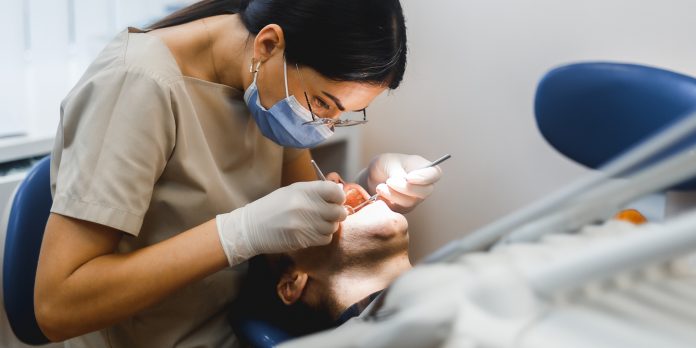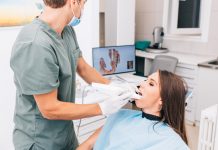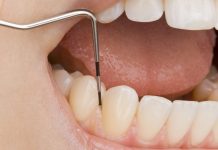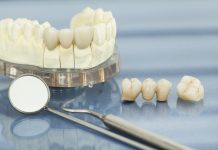Dental Surgeon Dr Shiraz Khan unpacks the challenges impacting dental care in the UK and the measures needed to mitigate poor oral health inequalities
Oral health inequalities exist globally, with many lower-income communities unable to access vital dental care. Although many oral diseases are preventable, lack of access to dental care means many are at risk of developing poor oral health and potentially other chronic conditions. Oral diseases stem from modifiable risk factors common to many non-communicable diseases, including sugar, tobacco, alcohol use, poor hygiene, and their underlying social and commercial determinants, according to the World Health Organization (WHO). While poor oral health is a major public health concern in many LMICS, oral health inequalities are also prevalent in affluent nations like the UK and the US. Indeed, according to NIDCR, in the past 20 years, dental care costs per person in the US have increased by 30%, placing access to dental care out of reach for many. In 2018, 66.7 million Americans lacked dental coverage, a rate 2.5 times higher than medical insurance. The story is similar in the UK, where limited access to dental care is forcing many to either pay for private care or forgo check-ups altogether. Latest UK figures show that 40% of children in the UK no longer have access to regular dental appointments. To find out more about oral health disparities in the UK, Open Access Government spoke to dental surgeon Dr Shiraz Khan.
Poor oral health in England has been an issue that has existed for many years. While the standard of all health has probably gone up over the last 30 years, it is clear that there is a socioeconomic divide that has widened particularly over the last ten years.
The impact of the pandemic on dental services
It is no secret that the pandemic has affected every industry, some for better, some for worse. However, in the UK, there was a period of approximately three months when dental practices were completely closed.
Access to healthcare significantly varies based on the type of practice. In the case of national health service practices, they may handle a considerable patient load, often reaching 40 to 50 patients in a day. This volume has resulted in a backlog of patients who needed attention but couldn’t be accommodated.
Moreover, the situation has been exacerbated because, upon reopening, practices had to operate at a significantly reduced capacity to ensure a thorough cleansing period between patients. This measure aimed to minimise the risk of cross-transmission. Consequently, not only did healthcare experience a pause for a certain period, but the subsequent six to nine months also witnessed a continued decrease in activity and the number of patients attended to. This has led to gross waiting times for patients, with an estimated 10,000,000 patients awaiting routine dental care.
But as we know, healthcare and wellness are more holistic concerns, and dental health plays a huge role in this. It has been well documented for many years that those who have consistent chronic inflammation of the gums show a higher susceptibility to risks such as cardiovascular disease, diabetes, and many other inflammatory conditions. Hence, it is crucial to prioritise the control and minimisation of oral risk factors. This necessitates regular patient screenings for both preventive measures and treatments. The goal is to maintain baseline oral health, manage inflammation of the gums, and address disease processes. Doing so mitigates the risk of challenging infections to the greatest extent possible.
Barriers to oral healthcare
There is a growing north-to-south divide within oral health and access to oral healthcare; invariably, socioeconomic status falls hand in hand with the ability to access dental care. Despite the national health service doing a tremendous job of trying to give access to the population of England since the 1940s, it still requires investment from the patient to some degree. Furthermore, global economic factors such as increasing energy prices, the cost of living, and interest rates have significantly impacted a person’s ability to access dental care. Ultimately, another issue tied to this is that dental pain typically arises only when a cavity or gum inflammation reaches a critical stage. Consequently, patients might adjust their lifestyle for an extended period until the disease progresses to a catastrophic point, necessitating more advanced interventions such as tooth removal or root canal treatment.
Regarding policies and procedures aimed at enhancing widespread access, I believe there should be a focus on preventive measures, ensuring that there are nationally scaled initiatives for patients to undergo basic essential screenings. Basic education on optimising cleansing techniques and the appropriate dietary advice to avoid complex factors such as erosion and decay is paramount.
Concerning the health service and the access crisis, rectifying this situation is anticipated to be challenging. As mentioned earlier, the global impact of the international pandemic has introduced complexities that will be hard to overcome. One potential approach is to channel maximum attention and resources toward urgent care, prioritising those with immediate needs and heightened infection risks, including older adults and children. Targeting these groups is deemed the most crucial in the short term. Perhaps utilising a more skilled mixed workforce, which will ensure that the basics of dental healthcare are delivered effectively, is the answer.
This aligns with the ongoing digital transformation in dentistry, where we now possess remarkable tools for detecting dental diseases and recording patient health through techniques like scanning and AI-generated radiography. Consequently, a long-term solution will necessitate a blend of skilled professionals prioritising urgent cases involving children, older adults, or medically compromised individuals. Additionally, leveraging available technology holds the potential to not only reduce the time needed to detect dental diseases but also enhance the efficiency of planning and treating these conditions.
Dr Shiraz Khan
BDS, MSc Restorative (Distinction), B(Med)Sc (Hons), MFDSRCS(Eng) MJDF, PG Dip, PG Cert.
Clinical Dentistry Awards Winner 2022 | Aesthetic Dentistry Awards Winner 2021/2019 | European Rising Star in Dentistry 2018 | Best Young Dentist 2017
Dental Surgeon | Lecturer | Sculpt Education Clinical Director
www.drshirazkhan.com
Editor's Recommended Articles
-
Must Read >> Addressing oral health inequalities across Europe
-
Must Read >> The UK’s oral health needs levelling up














